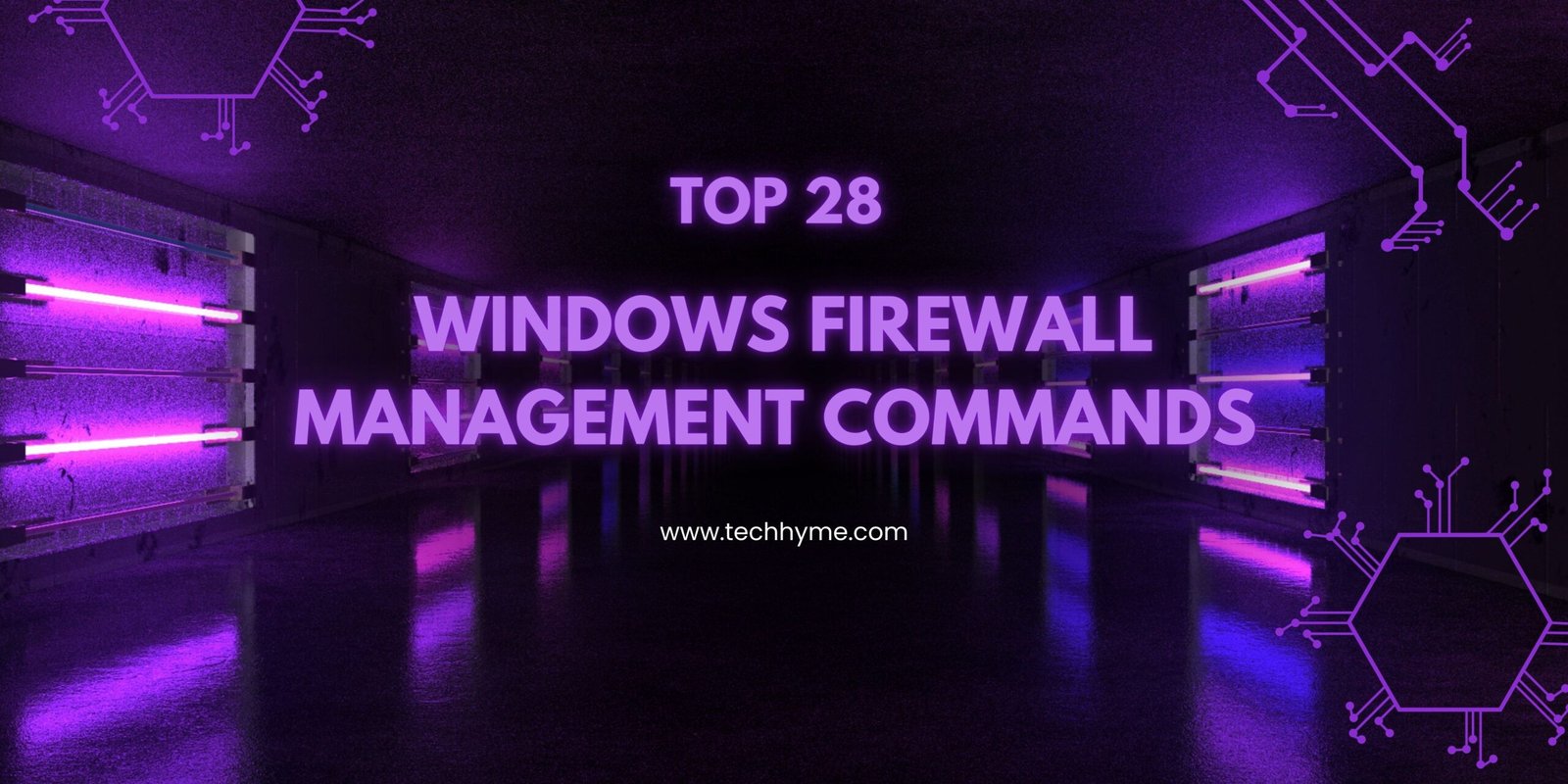
In today’s increasingly interconnected and data-driven world, securing sensitive information is a top priority for governments, organizations, and individuals. The National Institute of Standards and Technology (NIST), a branch of the U.S. Department of Commerce, plays a crucial role in setting the standards for information security and risk management.
NIST Special Publication 800-37, Revision 2, titled “Guide for Applying the Risk Management Framework to Federal Information Systems,” serves as the cornerstone of the NIST Risk Management Framework (RMF). The RMF, comprised of seven distinct steps, provides a systematic approach to managing and mitigating risks associated with federal information systems.
- Prepare
- Categorize Information Systems
- Select Security Controls
- Implement Security Controls
- Assess Security Controls
- Authorize Information Systems
- Monitor Security Controls
1. Prepare
The first step in the NIST RMF is the preparation phase. During this stage, organizations identify their objectives and define the scope of the system to be secured. They establish an understanding of the system’s mission, functions, and system boundaries. This stage is crucial in setting the groundwork for the entire risk management process.
2. Categorize Information Systems
The second step involves categorizing information systems. Organizations assess the sensitivity and importance of the data processed, stored, and transmitted by the system. This categorization helps determine the appropriate level of security controls required to protect the system and its data effectively.
3. Select Security Controls
Once the system is categorized, organizations proceed to select security controls. NIST provides a comprehensive catalog of security controls that organizations can choose from. These controls are designed to mitigate specific risks and vulnerabilities based on the system’s categorization.
4. Implement Security Controls
With the chosen security controls in place, organizations proceed to implement them. This step involves the actual deployment and configuration of security measures to protect the information system and the data it handles.
5. Assess Security Controls
The fifth step involves assessing the effectiveness of the implemented security controls. This is done through various assessment activities, such as vulnerability scanning, penetration testing, and security audits. The goal is to ensure that the controls are functioning as intended and that vulnerabilities are identified and addressed.
6. Authorize Information Systems
After a thorough assessment, organizations must seek authorization for their information systems. This authorization is based on an understanding of the system’s security posture and risk profile. It is typically granted by senior management or a designated authority after reviewing the assessment results and ensuring that the system meets the required security standards.
7. Monitor Security Controls
The final step in the RMF is the ongoing monitoring of security controls. This is an iterative process that involves continuous oversight, periodic assessments, and timely incident response. By monitoring security controls, organizations can adapt to evolving threats and vulnerabilities and maintain the security of their information systems over time.
The NIST Risk Management Framework is not a one-time endeavor but a continuous and adaptable process. It provides a structured and flexible approach to managing information security risks that is widely adopted not only by federal agencies but also by organizations and entities worldwide.
By following these seven steps, organizations can proactively identify and mitigate risks, protect their sensitive information, and ultimately enhance their overall cybersecurity posture.









This Post Has 2 Comments